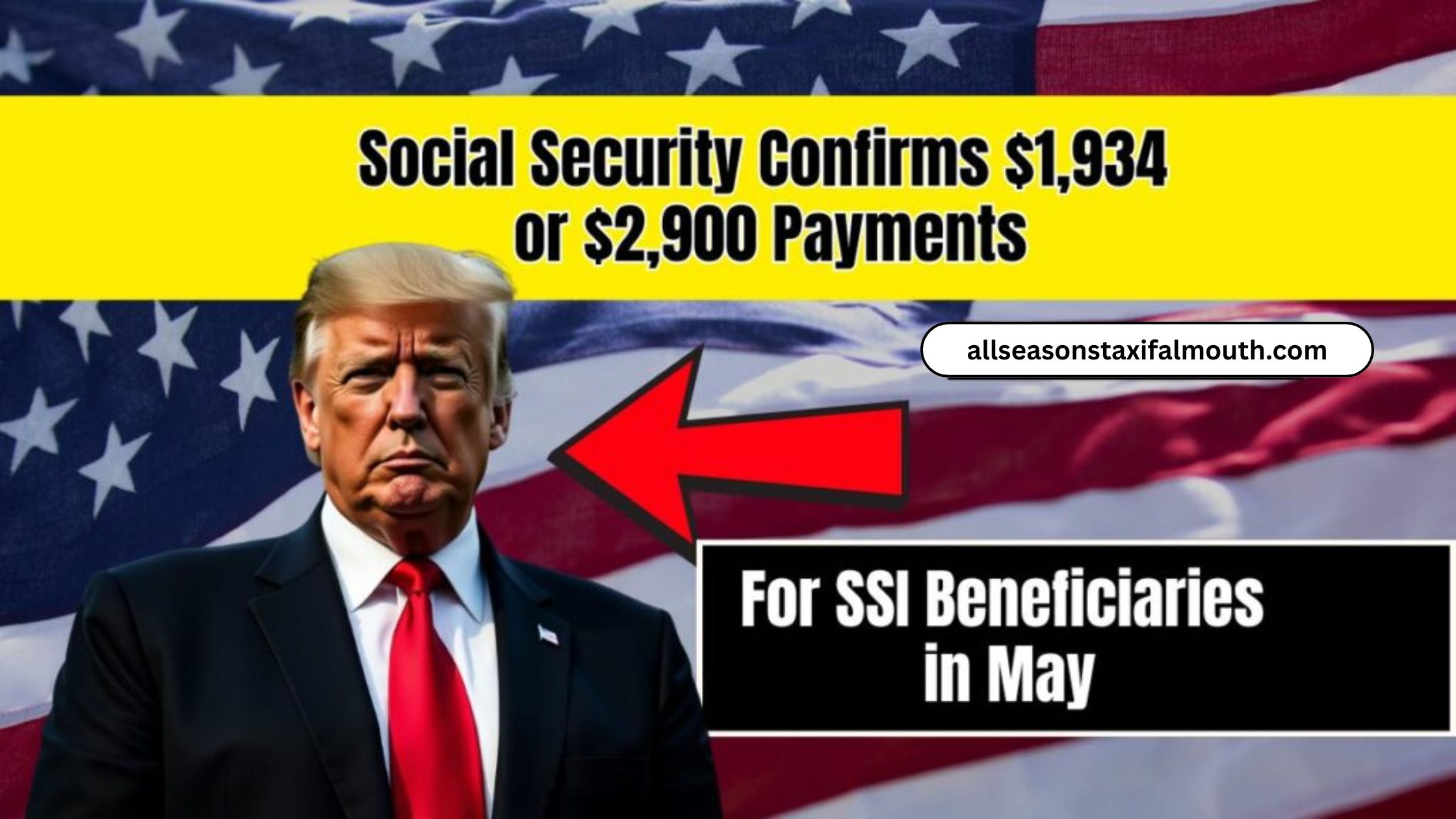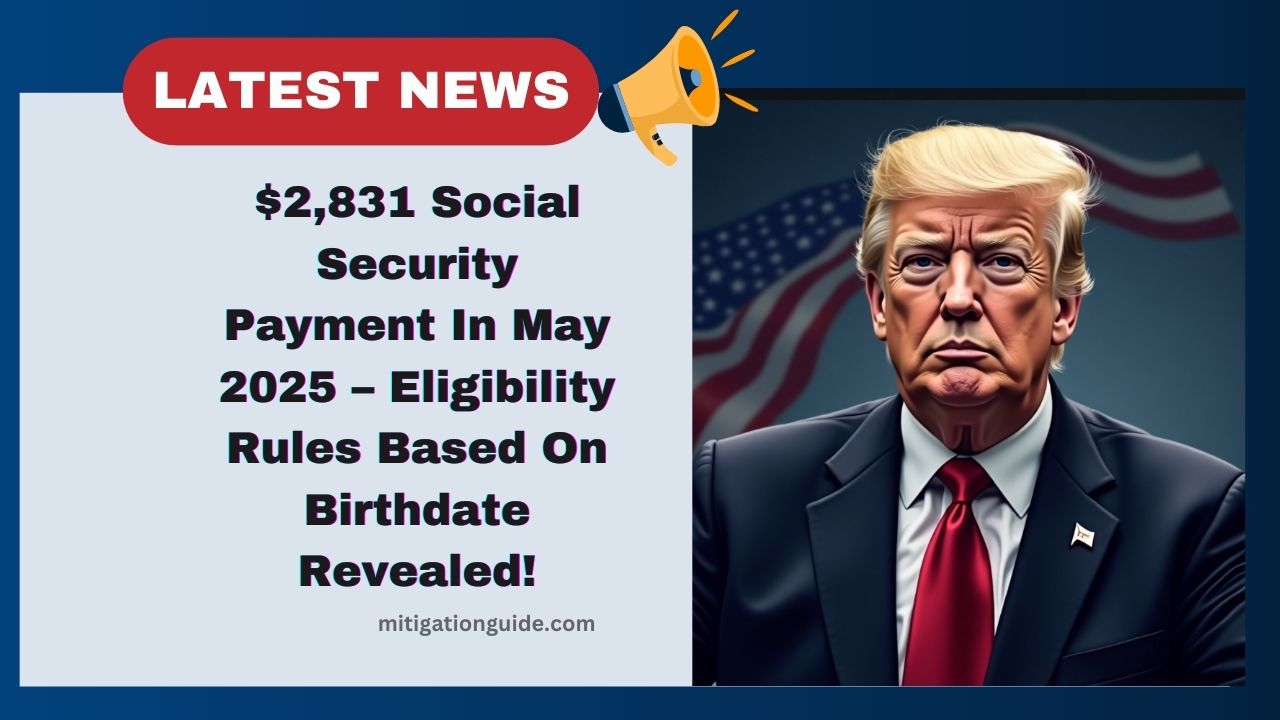Labour Reforms 2025 – 32,600 PIP Claimants Shielded From DWP Benefit Cuts!
In a major shift for disability benefits in the UK, the Department for Work and Pensions (DWP) has confirmed that 32,600 Personal Independence Payment (PIP) claimants will be protected from upcoming benefit cuts under the Labour Party’s 2025 welfare reforms. As sweeping changes are set to reshape how disability support is provided, safeguarding the most vulnerable … Read more










